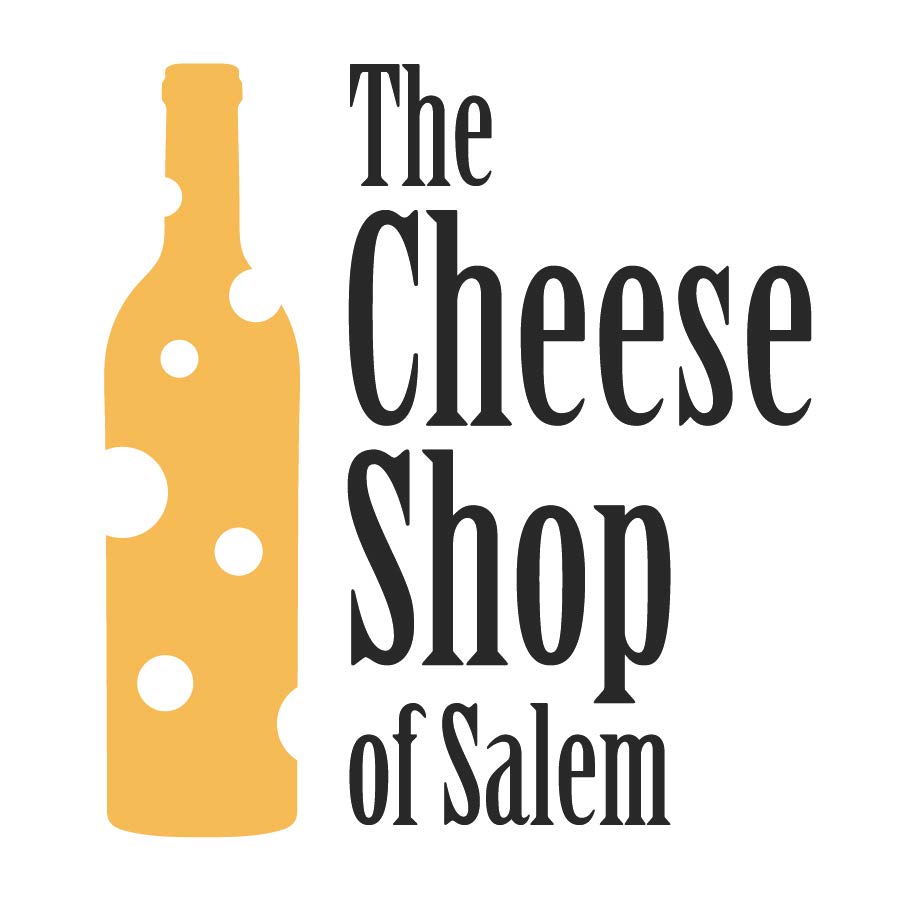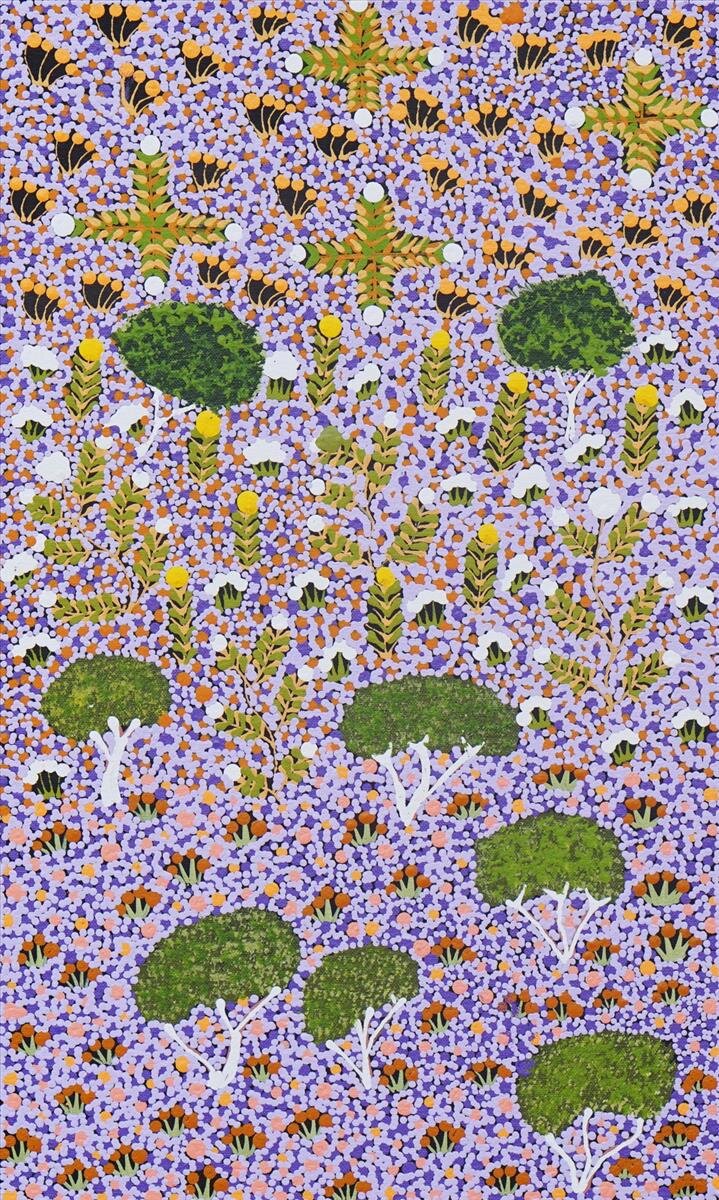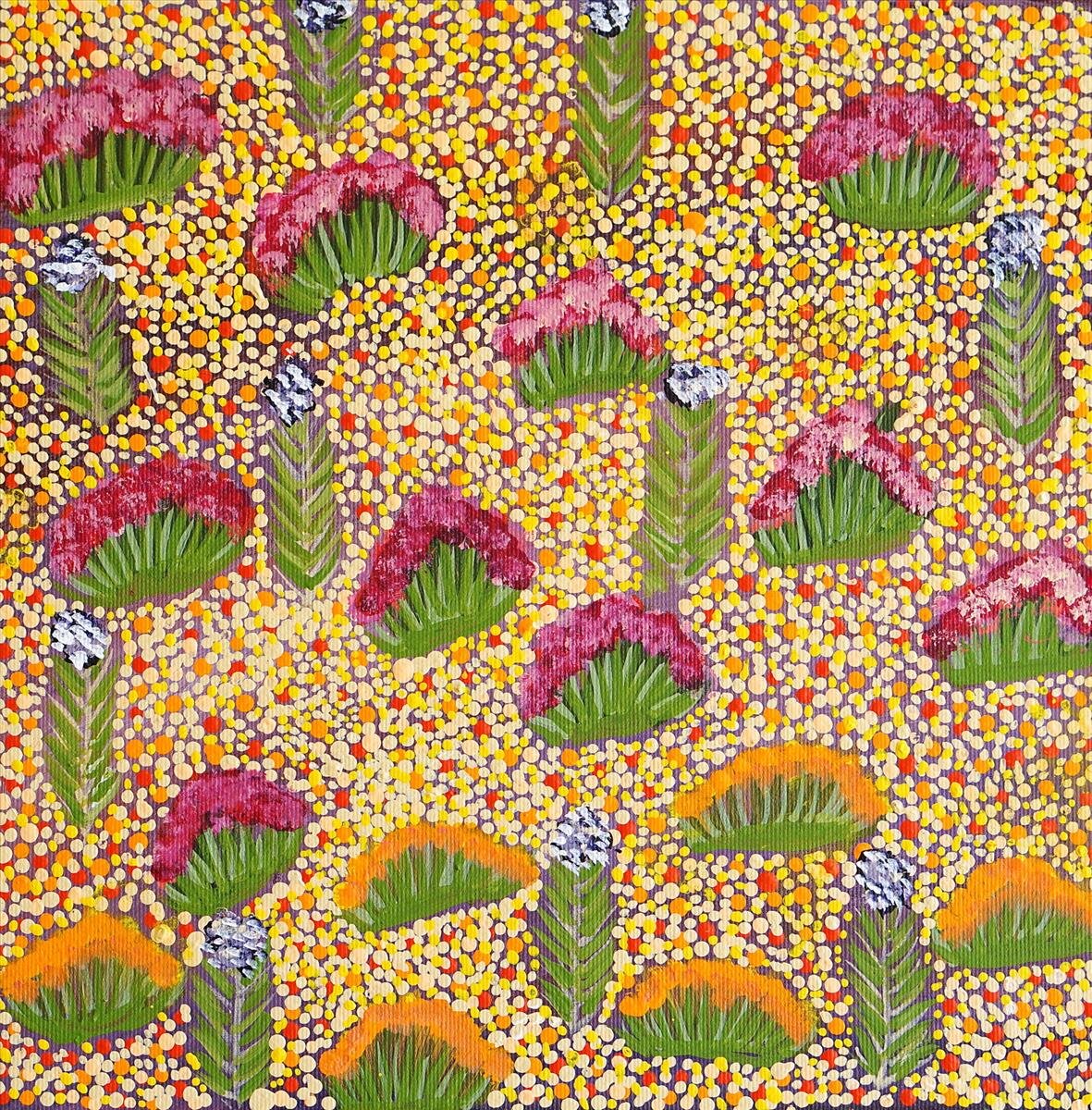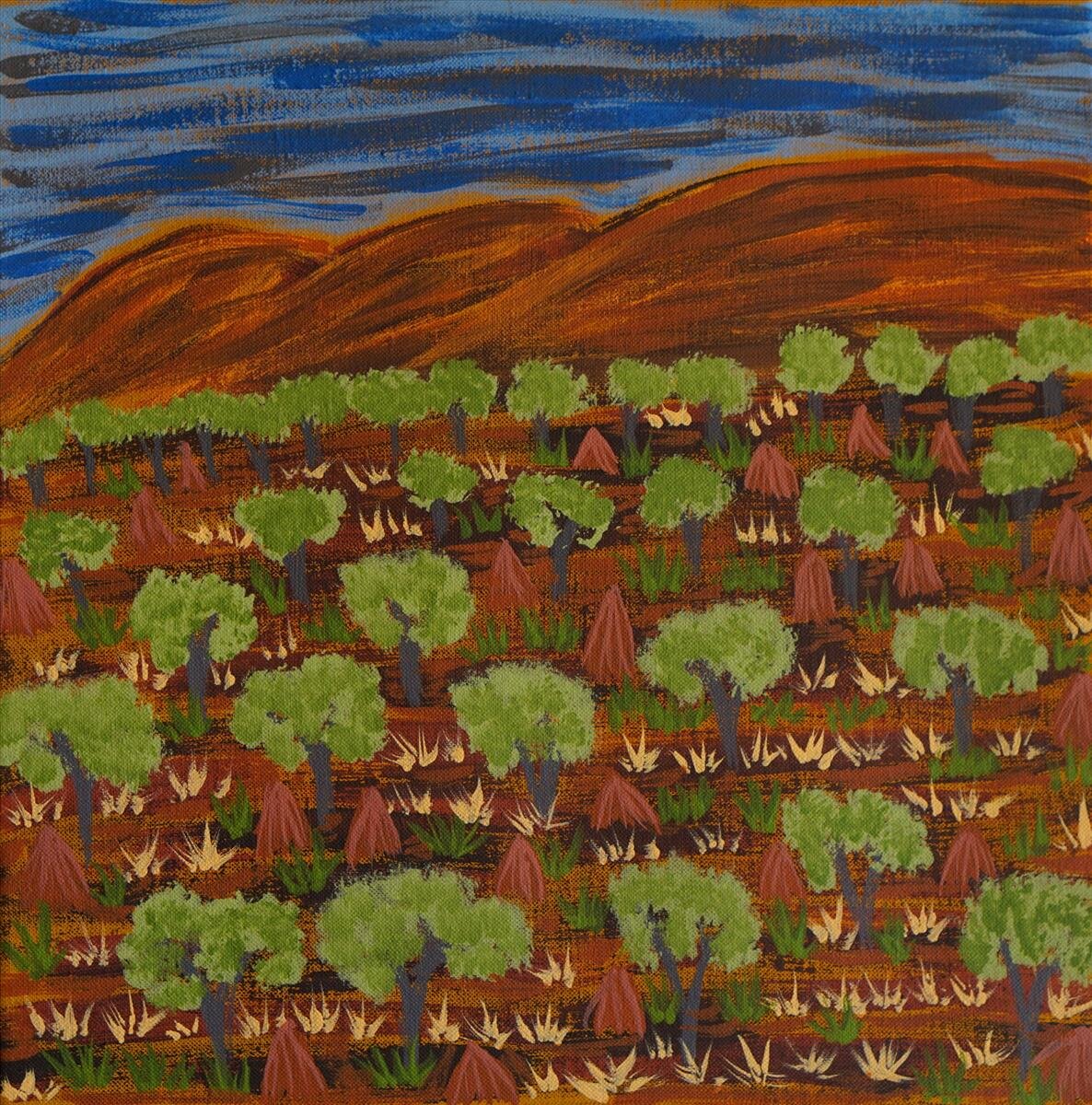Aged Bloomsday
You know how towns or states or countries claim really cool people as their own, even if they’re not exactly, technically from there? Well, we do the same thing with the outrageously tasty cheese, Aged Bloomsday. Yes, it is from Colchester, which is solidly in the middle of Connecticut, but we call that local. We just want to be associated as closely as possible with such a cool cheese, so hey! It’s from our backyard (ahem, in another state)!
Liz MacAlister started Cato Corner Farm in the 1970s with cows and chickens, adding cheesemaking into the mix in 1997 to ensure the farm’s long-term viability. Her son, Mark Gillman, took over the cheesemaking a couple of years later, and they have worked together ever since. While we love many of their cheeses (shoutout to Hooligan, Womanchego and Cornerstone), Aged Bloomsday is our very favorite. It is wicked shahp as we say around here. The advantage Aged Bloomsday has over other sharp cheeses is that it isn’t JUST acidic: its bite is balanced with a pineapple sweetness, a brininess, and a bit of earthiness. While it is a firm cheese with some nice crystallization, it is also almost juicy (!!), so I like to enjoy the texture by breaking the wedge into craggy pieces and popping them, one, two, three, into my mouth like savory bonbons. It is so complex, I feel like I taste something different with each morsel, making it VERY exciting to eat.
Was that such a cheese nerdy thing to write? That eating this cheese is exciting?? Whatever, you’re a cheese nerd too, so you get it. All this excitement packed in one cheese, I’m sure you can see why we claim it as our very own local love.
For the love of cheese and really cool locals,
Kiri
Shop Aged Bloomsday
P.S. I can’t remember how I found the Artists of Ampilatwatja, but I like to peruse their beautiful artwork every couple months. The works are produced by Aboriginal, specifically Alywarr, artists, whose paintings pay homage to traditional bush medicine. As the website says, “artists talk for two broad levels of interpretation, the ‘inside’ stories which are restricted to those of the appropriate ritual standing, and the ‘outside’ stories which are open to all.”







